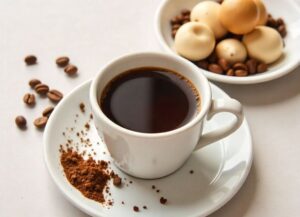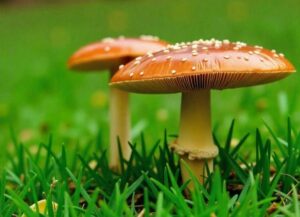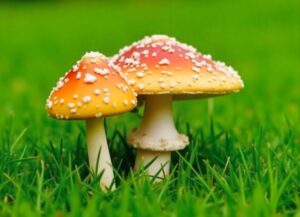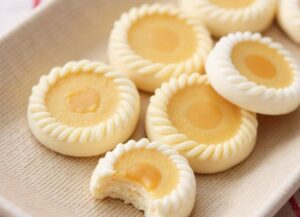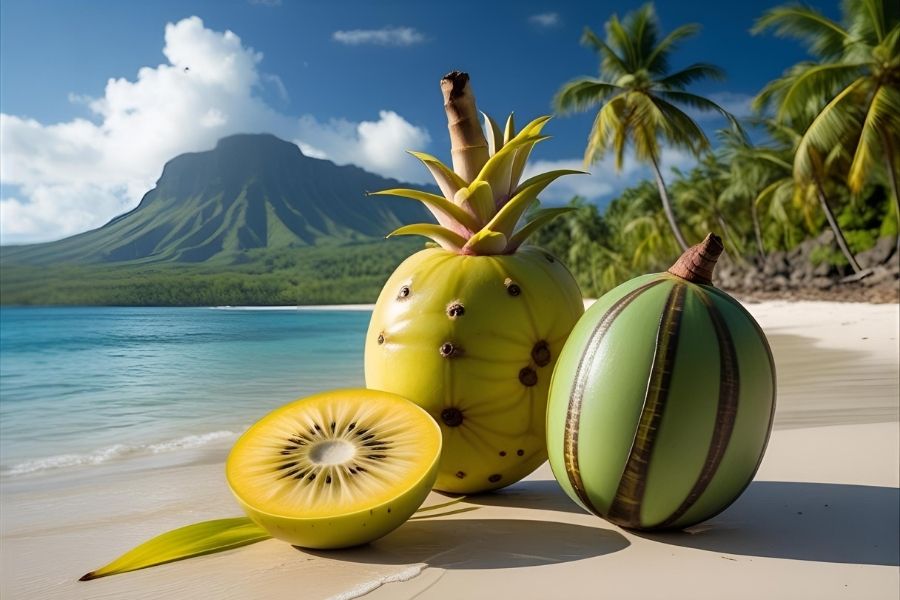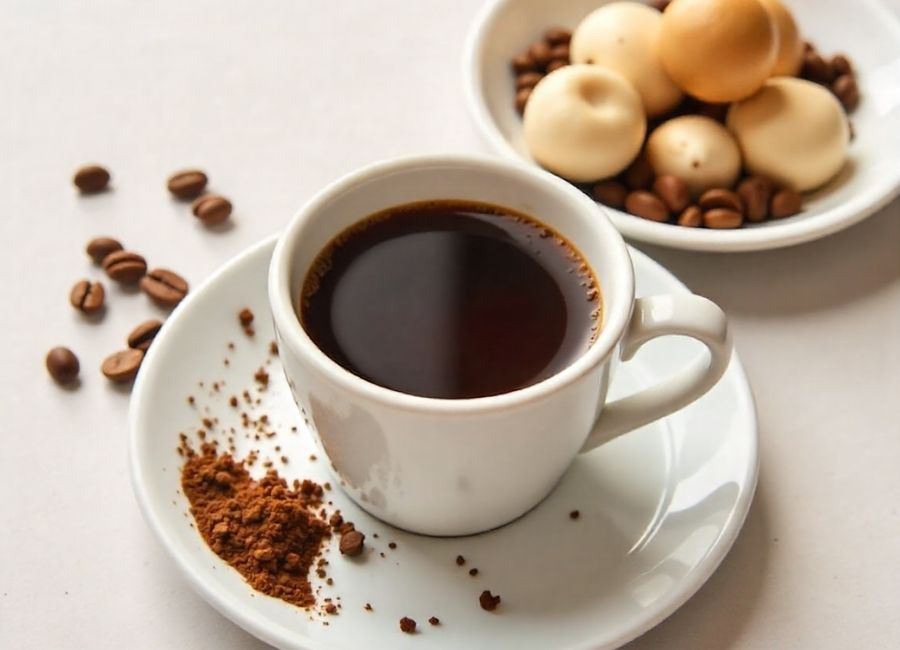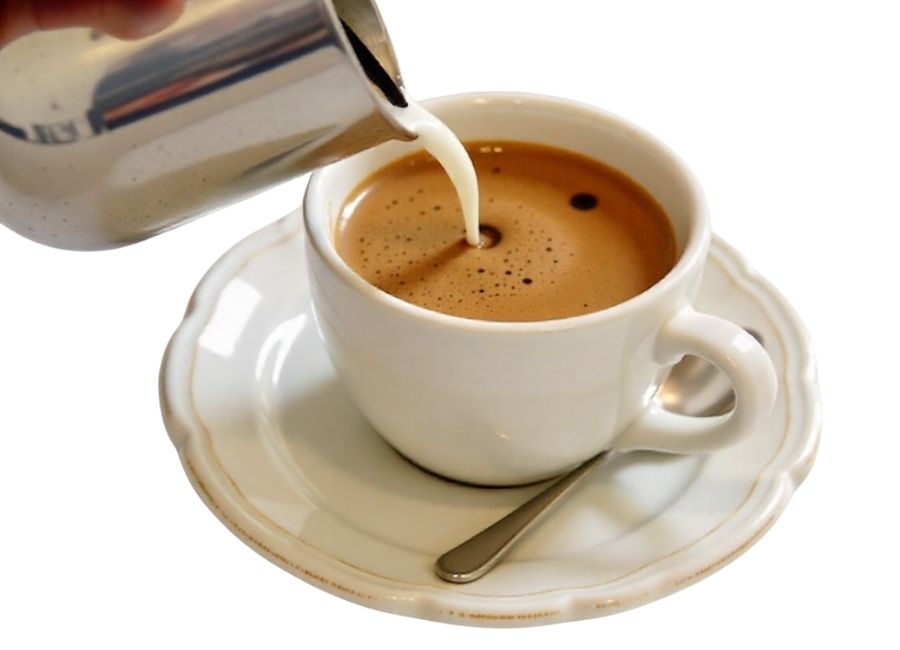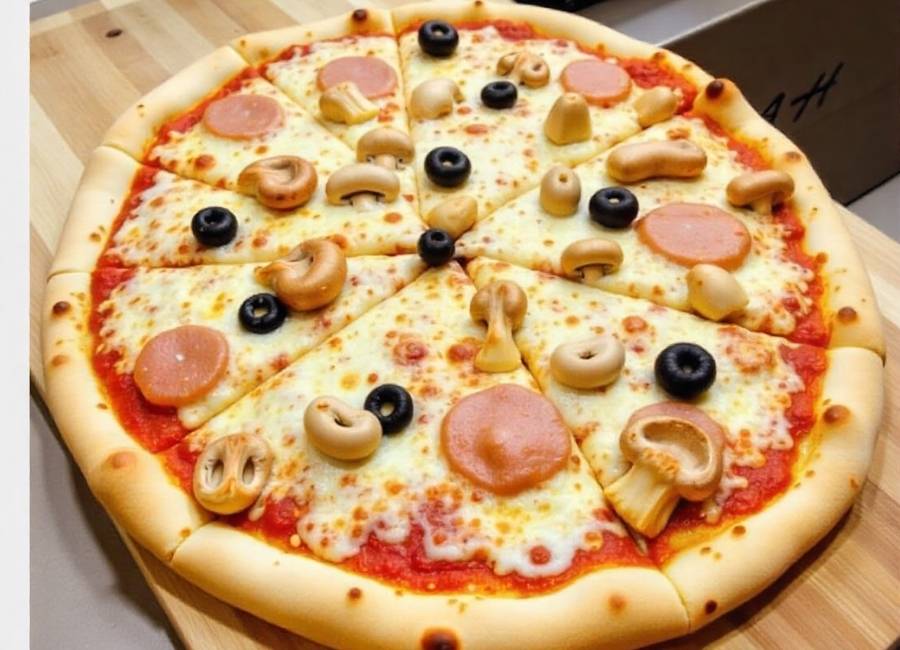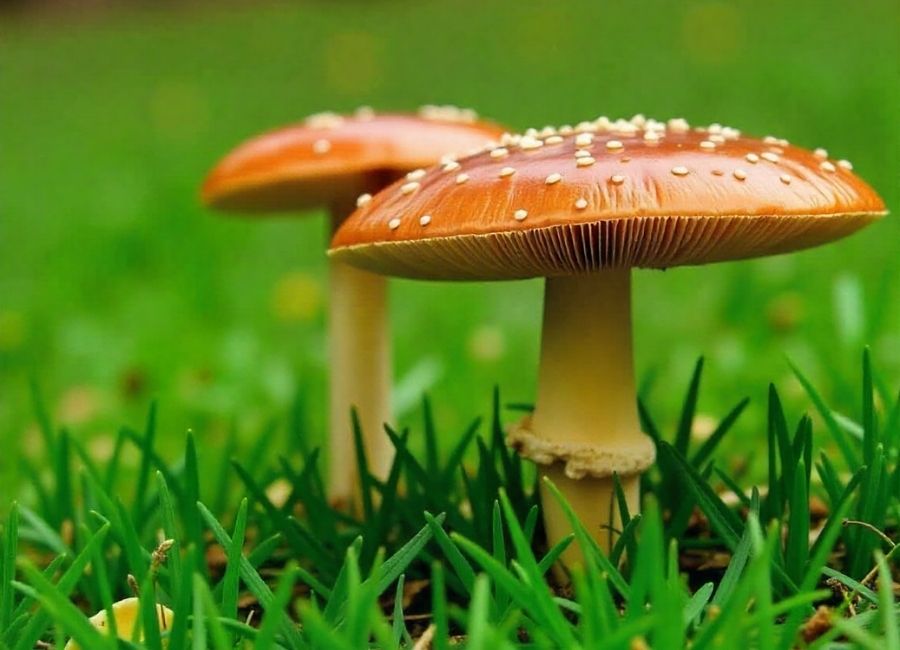Vaifala remains one of the Pacific’s best-kept culinary secrets. This traditional Samoan fruit, also known as the screwpine or pandanus fruit, has sustained island communities for centuries with its unique flavor and remarkable nutritional benefits. As global interest in exotic superfruits continues to grow, Vaifala deserves recognition for its cultural significance and potential health advantages.
The bright orange segments of vaifala have been a cornerstone of Samoan cuisine for a long time, long before modern agriculture arrived in the Pacific. While many tropical fruits have gained international fame, vaifala continues to thrive primarily in its native habitat, where locals have perfected countless ways to prepare and preserve this versatile ingredient.
If you’re curious about expanding your culinary horizons or learning about traditional Pacific foods, Vaifala offers a fascinating glimpse into sustainable eating practices that have endured for generations. This comprehensive guide will explore everything you need to know about this remarkable fruit, from its botanical origins to its modern applications.
Understanding Vaifala: The Pandanus Fruit
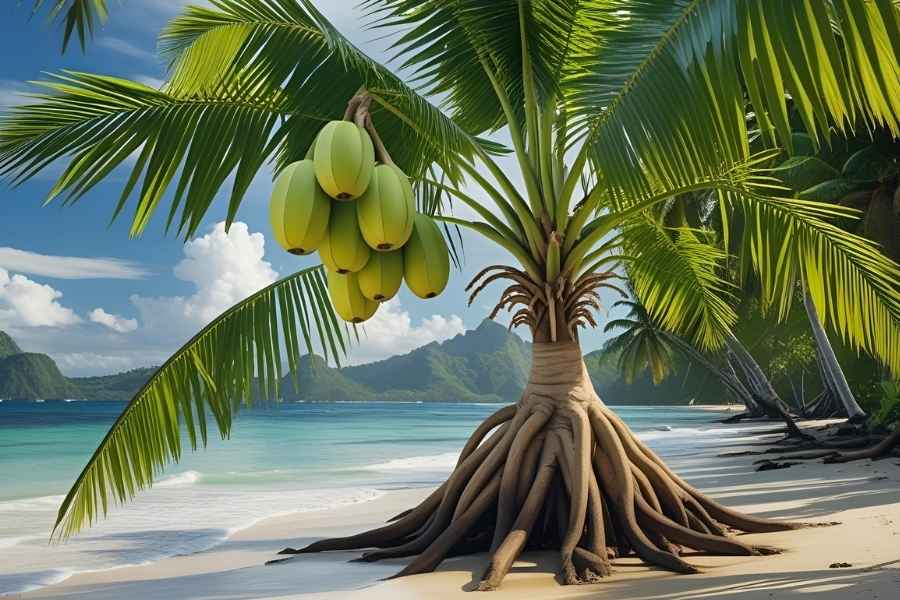
Vaifala grows on the pandanus tree (Pandanus tectorius), which thrives along Pacific coasts. This tree can grow up to 20 feet tall and is easily identifiable by its thick, stilt-like roots and long, pointed leaves that wrap around the trunk in a spiral.
The fruit forms as a large, round cluster that can weigh several pounds once ripe. Each vaifala is made up of many wedge-shaped pieces you can pull apart and eat one by one. These pieces are typically bright orange or deep red, depending on their ripeness and the type of tree.
Growing Conditions and Harvest
Pandanus trees prefer sandy, well-draining soil and can tolerate salt spray, making them ideal for coastal growing conditions. The trees are remarkably resilient and can survive in areas where other fruit trees struggle to establish themselves.
Vaifala usually takes 12 to 18 months to ripen from flower to whole fruit. Picking time is crucial: the fruit should be harvested when it is brightly colored and the pieces can be easily pulled apart. Local farmers use these signs to determine when their produce is ready to eat.
Nutritional Profile and Health Benefits
Vaifala packs impressive nutritional value into each colorful segment. The fruit provides essential vitamins, minerals, and antioxidants that support overall health and wellness.
Key Nutrients
Each serving of vaifala contains a significant amount of vitamin C. This supports immune function and collagen production. The fruit also provides dietary fiber, which aids in digestion and blood sugar control. Vaifala contains beta-carotene, the precursor to vitamin A, which supports eye health and immunity.
Vaifala contains natural oils rich in healthy fats that may support heart health and help reduce inflammation. These oils are responsible for the fruit’s unique smell and taste.
Traditional Medicinal Uses
In Samoan culture, vaifala is used for various traditional medicinal purposes. Healers value the fruit for its purported digestive support and natural energy-boosting properties. Pandanus tree leaves are also used in remedies, but the fruit is the primary source of nutrition.
Modern research into pandanus fruit suggests that these traditional uses may have scientific merit; however, further studies are needed to understand the fruit’s therapeutic potential fully.
Culinary Applications and Preparation
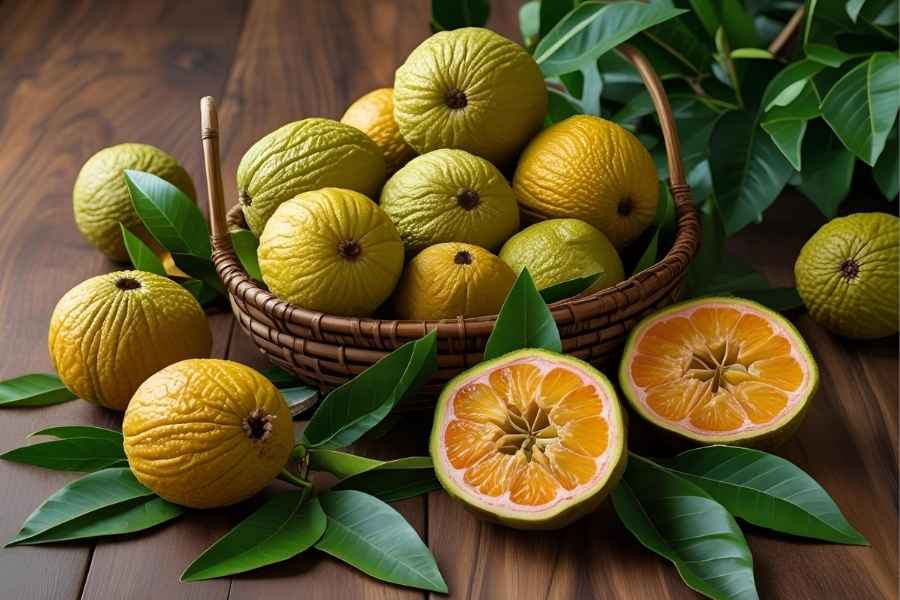
Vaifala is very versatile in the kitchen. It is valued in both traditional and modern recipes. The fruit can be eaten fresh, cooked, or processed into products that last longer and have many uses.
Fresh Consumption
When eating vaifala fresh, the segments are typically separated from the main fruit and consumed individually. The flesh has a sweet, slightly tart flavor with tropical notes that some describe as a cross between pineapple and mango. The texture is fibrous yet pleasant, similar to that of sugarcane.
Fresh vaifala segments can be added to fruit salads, smoothies, or enjoyed as a healthy snack. The natural sweetness makes it an excellent addition to breakfast bowls or as a topping for yogurt and oatmeal.
Traditional Cooking Methods
Samoan cooks have many traditional methods for preparing vaifala. One popular way is to boil the segments. This creates a sweet, jam-like mixture that can be preserved for months. Cooked vaifala is a natural sweetener and flavoring for many dishes.
Another traditional method is sun-drying the vaifala segments. This creates a concentrated, chewy snack that is easy to carry and gives quick energy. Dried pieces can be rehydrated for cooking or eaten as a nutritious treat.
Modern Culinary Innovation
Today, chefs experiment with vaifala in fusion cuisine. They use the fruit in desserts, drinks, and savory dishes. Its sweetness and unique flavor pair well with ice creams, sorbets, and tropical cocktails.
Some innovative applications include using vaifala as a natural sweetener in baked goods, creating fruit leather snacks, or incorporating it into fermented beverages that highlight its complex flavor notes.
Cultural Significance in Samoan Society
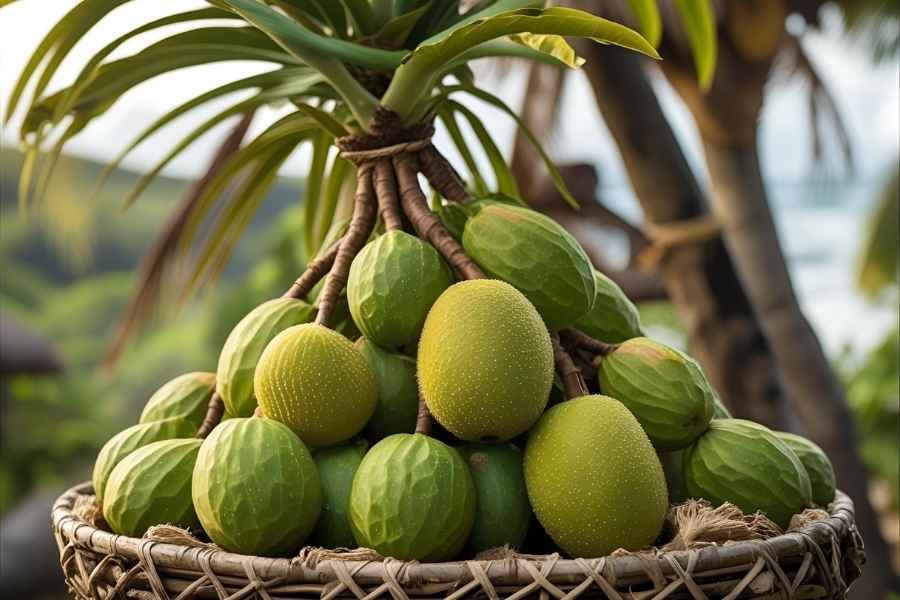
Vaifala holds profound importance in Samoan society, extending beyond its culinary significance. Both the fruit and the tree are integral to traditional ceremonies, daily life, and spiritual practices.
Traditional Ceremonies
The pandanus tree and its fruit play a prominent role in various Samoan ceremonies and celebrations. The tree’s leaves are commonly used for weaving ceremonial mats, baskets, and other critical cultural items. The fruit itself is often included in traditional feasts and offered as a symbol of hospitality to guests.
Seasonal Celebrations
Vaifala harvest seasons bring communities together for gathering and preparing the fruit. These events have important social roles. They allow knowledge sharing, strengthen community bonds, and help preserve traditions.
Sustainable Living Practices
The pandanus tree embodies sustainable living, a central aspect of Samoan culture. Every part of the tree is utilized: the leaves for weaving, the fruit for nutrition, and the roots to prevent coastal erosion.
Availability and Sourcing
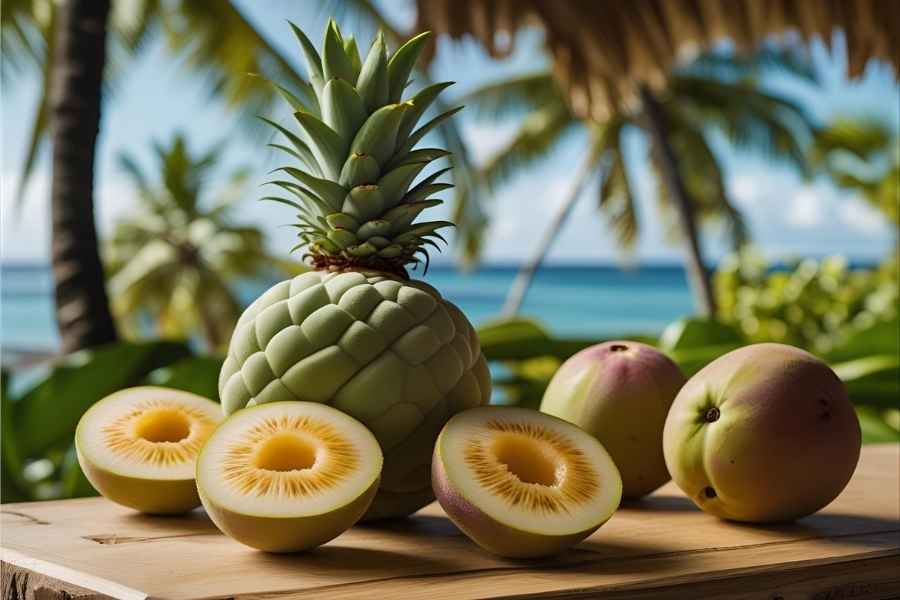
Finding Vaifala outside the Pacific Islands is difficult. The fruit does not last long and is not suitable for shipping. Interest in exotic fruits has increased their presence in specialty markets and online stores.
Where to Find Vaifala
Some tropical fruit suppliers stock fresh vaifala in season. Asian markets with Pacific Islander communities may offer the fruit or related products. You can sometimes find frozen or dried vaifala online, but the supply varies seasonally.
Growing Your Own
People in suitable climates can grow pandanus trees with care and patience. These trees need warmth, humidity, and well-draining soil. Young trees are available at nurseries specializing in tropical plants.
Growing a vaifala takes time, as trees need years to mature and produce fruit. However, it can be rewarding for fans of exotic fruits and those interested in sustainable gardening.
Exploring Pacific Island Cuisine
Vaifala is just one shining example of Pacific culinary traditions. Learning about these foods helps preserve culture and broadens our view on nutrition and sustainability.
Vaifala’s journey from traditional food to superfruit highlights the value of indigenous crops. These foods teach us about resilience, sustainability, and nutritional diversity, which are vital for global food security.
Visit Pacific Islander communities, cultural centers, or specialty restaurants to learn about vaifala and other traditional foods. These experiences reveal the cultural context that makes these foods meaningful beyond their nutritional value.
